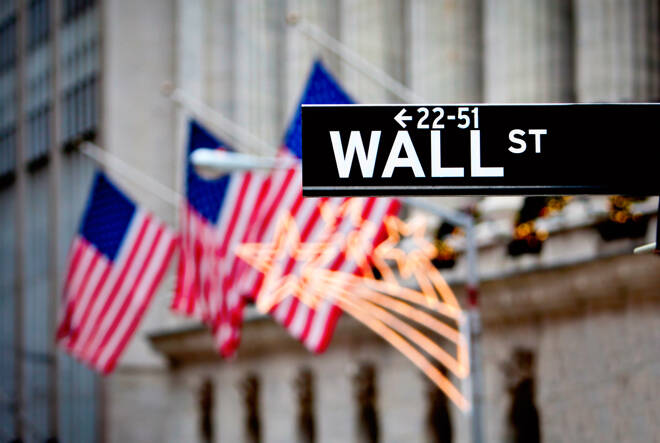Advertisement
Advertisement
U.S. Stocks Mixed As Core PPI Declines More Than Expected
By:
PPI data confirms the trend visible in yesterday's inflation report and signals that there's a risk of near-term deflation.
Deflation Is Coming To The U.S.
S&P 500 futures are mixed in premarket trading following the release of PPI and Core PPI reports. Producer prices have declined by 1.3% month-over-month in April compared to analyst consensus which called for a decline of 0.5%.
Core PPI also showed bigger than expected pricing contraction at -0.3% month-over-month.
Weak PPI data follows the yesterday’s Inflation Rate and Core Inflation Rate reports which showed that coronavirus put significant pressure on pricing.
The main risk of any huge monetary stimulus is the erosion of the value of money via inflation, but currently weak demand leads to deflationary processes in the U.S.
This is not a good sign given the example of Japan which has struggled with deflation for quite some time and has not found its way back to healthy growth rates.
Trump Pushes Fed To Adapt Negative Interest Rates
Recently, U.S. Federal Reserve officials have argued against the adoption of negative interest rate policy in the U.S. However, the U.S. Presidend Donald Trump is pushing for such policy, calling it a “gift” which should be accepted.
The yield on the U.S. debt is already pricing in a probability of negative interest rates. The 2-year note is yielding less than 0.16%, while the 10-year bonds are yielding 0.65%.
However, these low rates are still far from Germany’s example as its 10-year bonds yield -0.53%.
Theoretically, low yields are bullish for equities since they make them more attractive in comparison to bonds. However, recent practice shows that the negative yield policy has its own problems.
All Eyes On Coronavirus As Economies Continue To Reopen
Yesterday, the U.S. stock market was down about 2% due to comments from the infectious disease expert Dr. Fauci who told the Congress that the virus was still not in control and that hurried reopening may lead to new outbreaks.
The risk of the second wave of the virus is the biggest risk for the market so traders will keep watching coronavirus data closely as the U.S. and EU proceed with their gradual reopening plans.
The economic data clearly shows that no economy in the world will be able to sustain another strict lockdown without dire consequences, and no amount of money-printing will be able to deal with the damage done by a potential second wave of the virus.
At this point, it looks like the market will need additional positive data on the virus front to continue the rebound.
About the Author
Vladimir Zernovauthor
Vladimir is an independent trader, with over 18 years of experience in the financial markets. His expertise spans a wide range of instruments like stocks, futures, forex, indices, and commodities, forecasting both long-term and short-term market movements.
Advertisement
